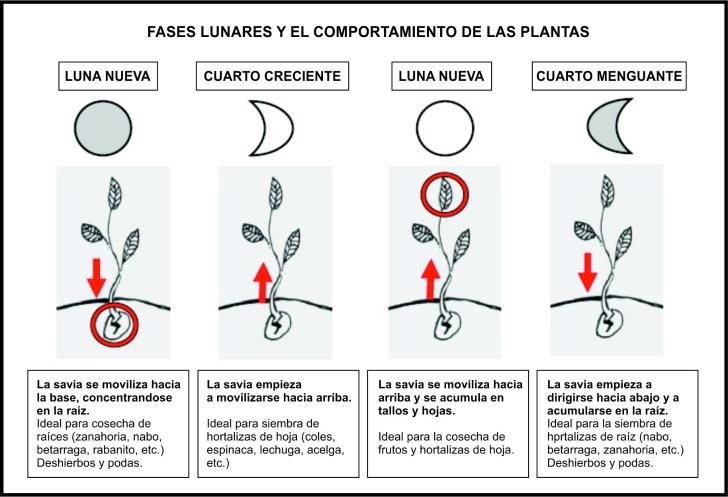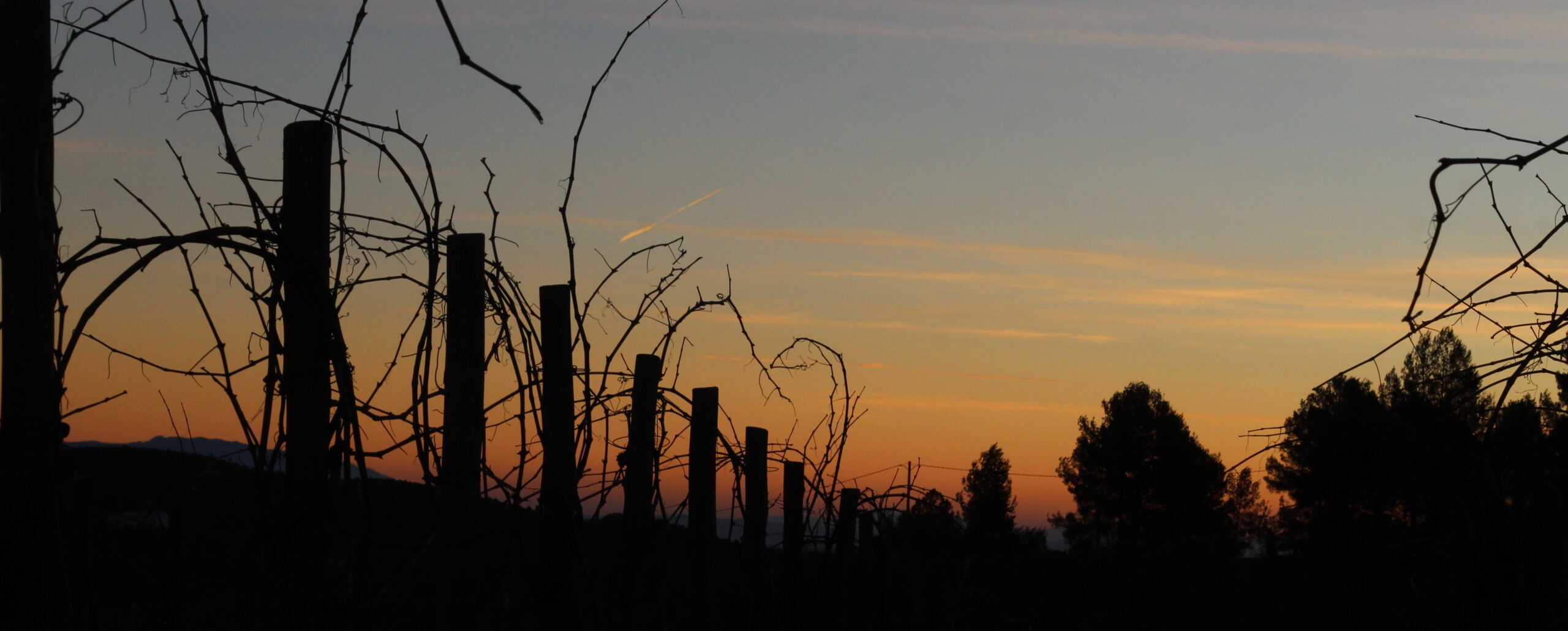A biodynamic calendar is a farming and gardening calendar used by people who follow biodynamic methods and offers advice on when to work the soil, apply preparations to the vineyard, plant seeds, work in the fields, and harvest. The biodynamic calendar can help us to take advantage of the effects that the moon, the sun and the planets have on the plants, and without using any product that could harm the environment.
Biodynamic agriculture works with the vital energies in nature and not only with the material needs. That is why the consideration of cosmic rhythms in the cultivation of plants is so important.
Biodynamic farmers work in harmony with nature to maximize yields and keep their cultivation practices sustainable. They use a variety of techniques to enrich the soil, manage a balance of plantings, and care for animals on the land. This approach is often compared to organic farming, as it involves farming without applications of chemicals, but it is more complex and involves considering nature as a holistic system and working within that system.
Biodynamic farmers believe that events in the vineyard are influenced by astronomical factors, such as cycles of the moon, and that planting, cultivation, and harvest should be carefully timed with these factors in mind. The biodynamic calendar uses the phases of the moon and other astronomical events as a guide for providing advice on when to perform certain tasks in the vineyard. The biodynamic calendar is a form of planting calendar, but usually includes more advanced guidance for biodynamic farmers, as their practices include applying very specific preparations, like horn manure, to the vineyards. The timing and placement of these preparations is important, and a biodynamic calendar can help people select the optimal period for various activities. Each month the moon moves through all twelve constellations of the zodiac in turn. This is referred to as the moon’s sidereal cycle and forms the basis of the biodynamic calendar. Although the waxing and waning (synodic) cycle is the most well-known lunar rhythm, it plays a small part in this calendar.

The Zodiac is a belt of fixed stars which are in groupings called constellations. This belt ranges behind the ecliptic, which is the path of the Sun. All the planets and the Moon move in front of the Zodiac’s constellations.
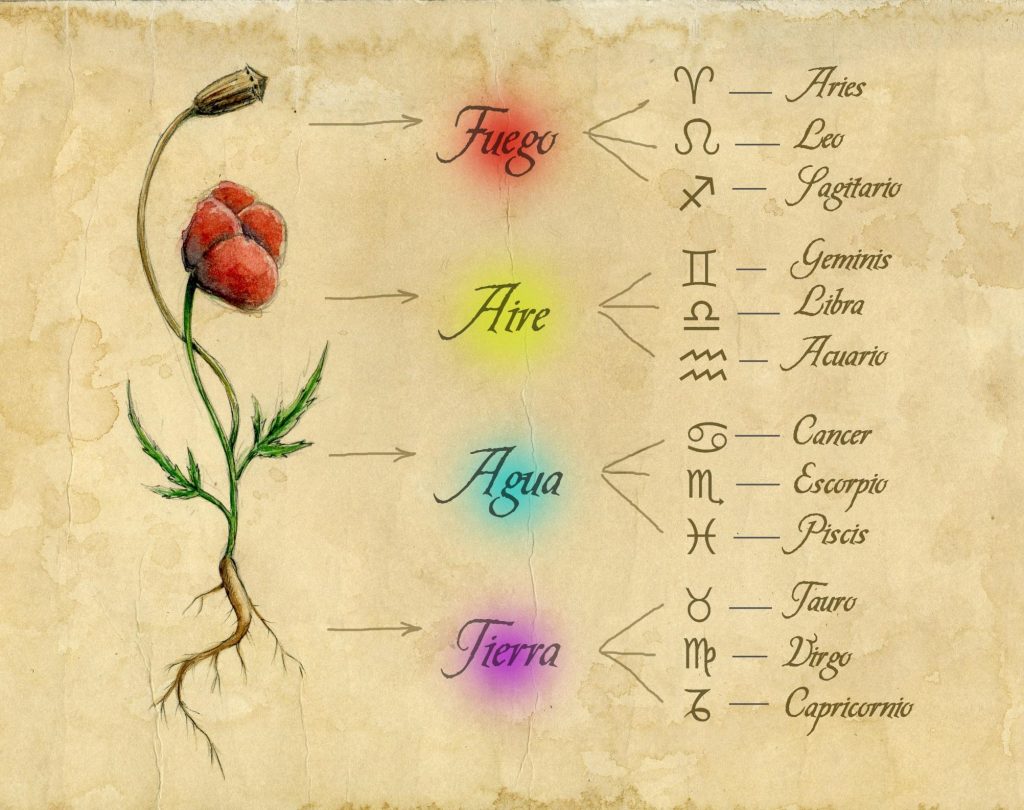
Since ancient times the twelve zodiac constellations have been associated with each of the four elements:
- Earth
- Water
- Air
- Fire
Three constellations are connected to each element, and each element is related to a part of the plant:
- Fruit / fire (associated with the colors red or orange): Propitious time for plant development, which crops are fruits or seeds; for example beans and apples
- Root/earth (generally associated with the colors brown and green): Propitious time for plant development, which crops are roots; for example, for sowing or harvesting carrots
- Leaf/water (mostly associated with the color blue): Propitious time for plant development, which crops are leaf or stem, for example, lettuce
- Flower/air (associated with blue, white, yellow or gray): Propitious time for plant development, which crops are flowers; for example cut flowers and broccoli
So, depending on where the Moon is, the influences of the constellation behind it are brought into the soil through cultivation, the use of composts and liquid manures and planting of seeds. This connects the soil to the rhythms of the cosmos. • Earth constellations (Taurus, Virgo and Capricorn) are related to roots. • Air constellations (Gemini, Libra and Aquarius) are related to flowers. • Water constellations (Cancer, Scorpio and Pisces) to leaves. • Fire constellations (Aries, Leo and Sagittarius) to fruits.
The Ascending and Descending Moon cycle, which involves the northern and southern arcs of the Moon’s orbit, is a 27.2 day cycle.
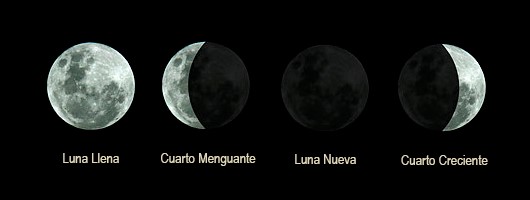
Each ascending and descending period lasts roughly two weeks. As the Moon arcs from east to west, when we see it climbing higher, the Moon is ascending. As it sinking lower the Moon is descending. The effects of the ascending and descending periods of the moon are similar to the rhythms of the seasons.
Ascending and descending:
- An ascending period is like spring and summer when the Earth breathes out. We see this in the growth above the soil’s surface. With an ascending Moon the sap carries growth forces upwards more strongly and increases plant vitality. Although germination takes place below ground, this upward striving makes it unfold above the surface. This is when to spray horn silica (501) to strengthen what might otherwise be a bit lush if there is wet weather. If it is dry, use horn manure (500) first and follow it with (501).
- Descending:
- A descending period is like autumn and winter when the earth breathes in and draws the growth forces back below the soil’s surface. This energizes the lower parts of the plant, particularly the roots. This is when to cultivate and spread compost prior to planting.
- It also is when to apply horn manure (500), especially if it is dry.
For tasks such as pruning, plowing or the application of biodynamic treatments, we have more room for maneuver because they are jobs that take a long time. We will not always be able to do it on the most appropriate day, but we will always try to get closer to it.
Biodynamic agriculture brings vitality to the soil, to the plant and most importantly, to the fruit it bears, which later will become our source of life.
